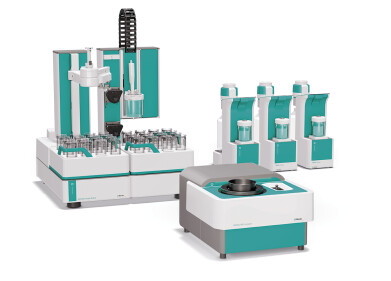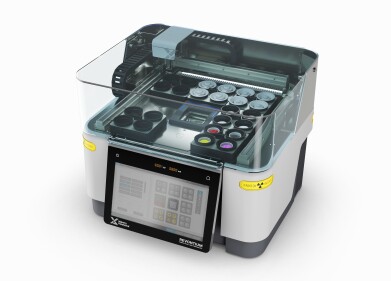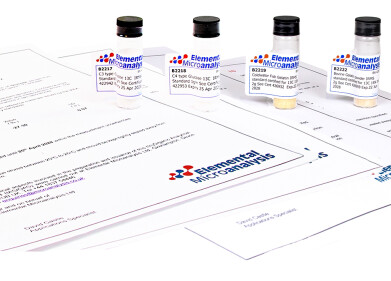Mass Spectrometry & Spectroscopy
Which Technique is Used to Identify Proteins?
Jul 24 2021
Proteins are complex structures and scientists rely on a variety of techniques to isolate and identify their unique properties. Below, we spotlight some of the most highly regarded protein characterisation techniques used in state-of-the-art laboratories.
Mass Spectrometry (MS)
Fast, accurate and highly sensitive, Mass Spectrometry (MS) is a well-established method for protein analysis. The method uses an enzyme to digest proteins into peptides, which can then be isolated, fragmented, captured and identified using Mass Spectrometry instruments. These high-performance instruments measure the mass-to-charge ratio of charged particles. Data is then used to determine the chemical structure of peptides and chart the elemental composition of a sample.
The origins of Mass Spectrometry
The use of Mass Spectrometry to identify proteins was popularised in the 1980s with the development of ionisation techniques. MALDI (Matrix-Assisted Laser Desorption/Ionisation) and ESI (Electrospray Ionisation) revolutionised protein identification and allowed researchers to profile complex peptide samples, such as mixed protein lysates.
Peptide Mass Fingerprinting (PMF)
Building on Mass Spectrometry, Peptide Mass Fingerprinting (PMF) was developed in the 1990s and quickly became one of the most useful high-throughput protein identification techniques in the laboratory toolbox. Also known as protein fingerprinting, the analytical technique separates the target protein into smaller peptides. A mass spectrometer is used to measure the molecular mass of each individual peptide, with data then entered into a digital database to identify the parent protein. While PMF does eliminate the need for complex protein sequencing, it does have limitations and can only identify the parent protein if it’s already been entered into the database.
Quadrupole Time-of-Flight (QTOF) Mass Spectrometry
Over the years, advances like Quadrupole Time-of-Flight (QTOF) Mass Spectrometry have redefined the limits of protein identification and analysis. Used to characterise complex proteins, QTOF is a high-resolution technique that measures the mass-to-charge ratio of ions while they’re suspended by an electric field generated by a quartet of parallel electrodes.
Trapped Ion Mobility Spectrometry (TIMS)
Underpinned by Ion Mobility Spectrometry (IMS), Trapped Ion Mobility Spectrometry (TIMS) has emerged as a powerful alternative to traditional MS techniques. The gas-phase method isolates ions by mobility and collisional cross-section (CCS) to deliver accurate and highly sensitive data.
Find out more about TIMS and how its being used to not only identify proteins but also isolate near isobaric peptides with different post-translational modification (PTM) sites in ‘Deep characterisation and quantitative analysis of proteins and post-translational modifications - How TIMS has extended the capabilities of MS and shown considerable potential for improving PTM identification and critical understanding of sign.’
Digital Edition
Lab Asia 31.2 April 2024
April 2024
In This Edition Chromatography Articles - Approaches to troubleshooting an SPE method for the analysis of oligonucleotides (pt i) - High-precision liquid flow processes demand full fluidic c...
View all digital editions
Events
Apr 22 2024 Marrakech, Morroco
Making Pharmaceuticals Exhibition & Conference
Apr 23 2024 Coventry, UK
Apr 23 2024 Kintex, South Korea
Apr 23 2024 Seoul, South Korea
Apr 24 2024 Jakarta, Indonesia













.jpg)




